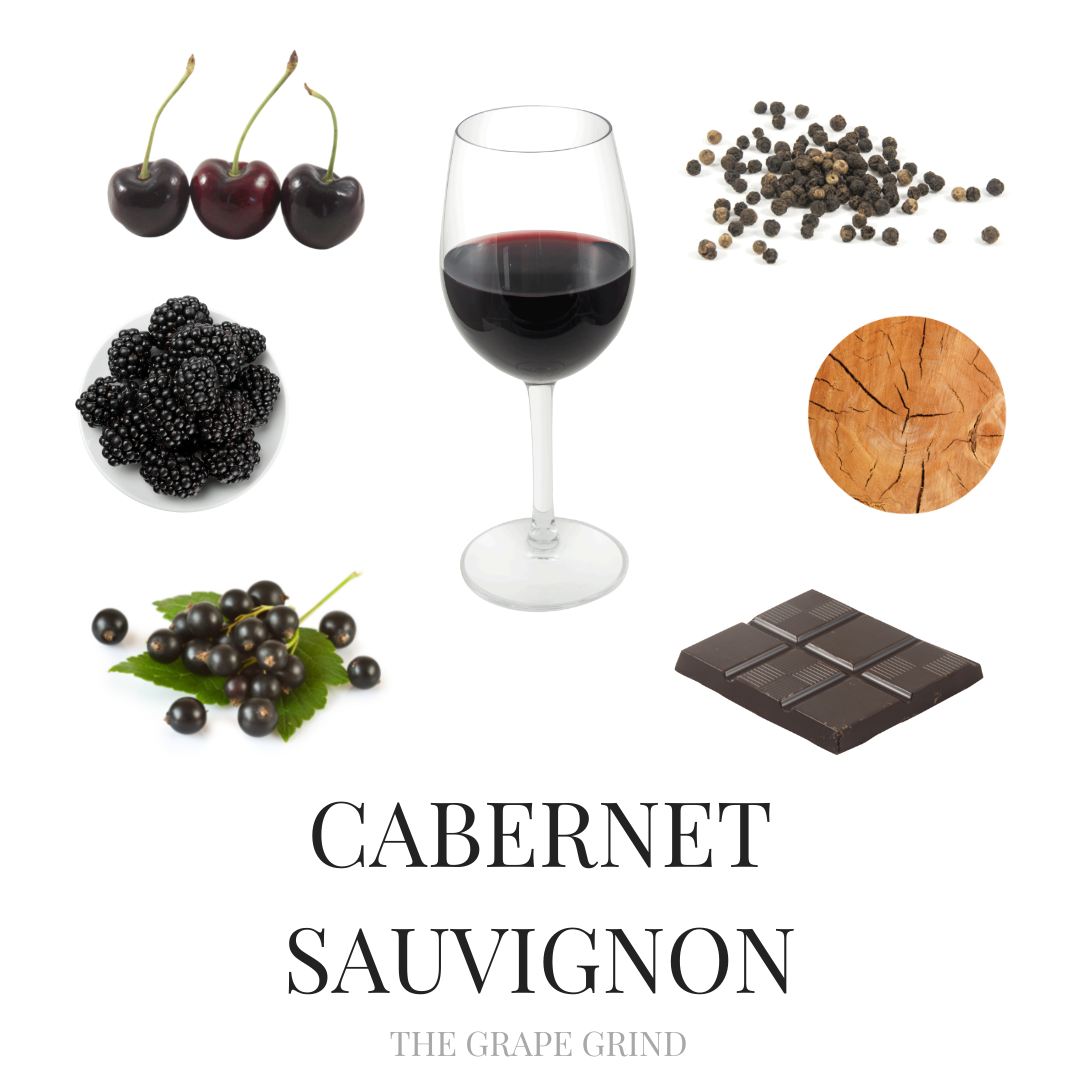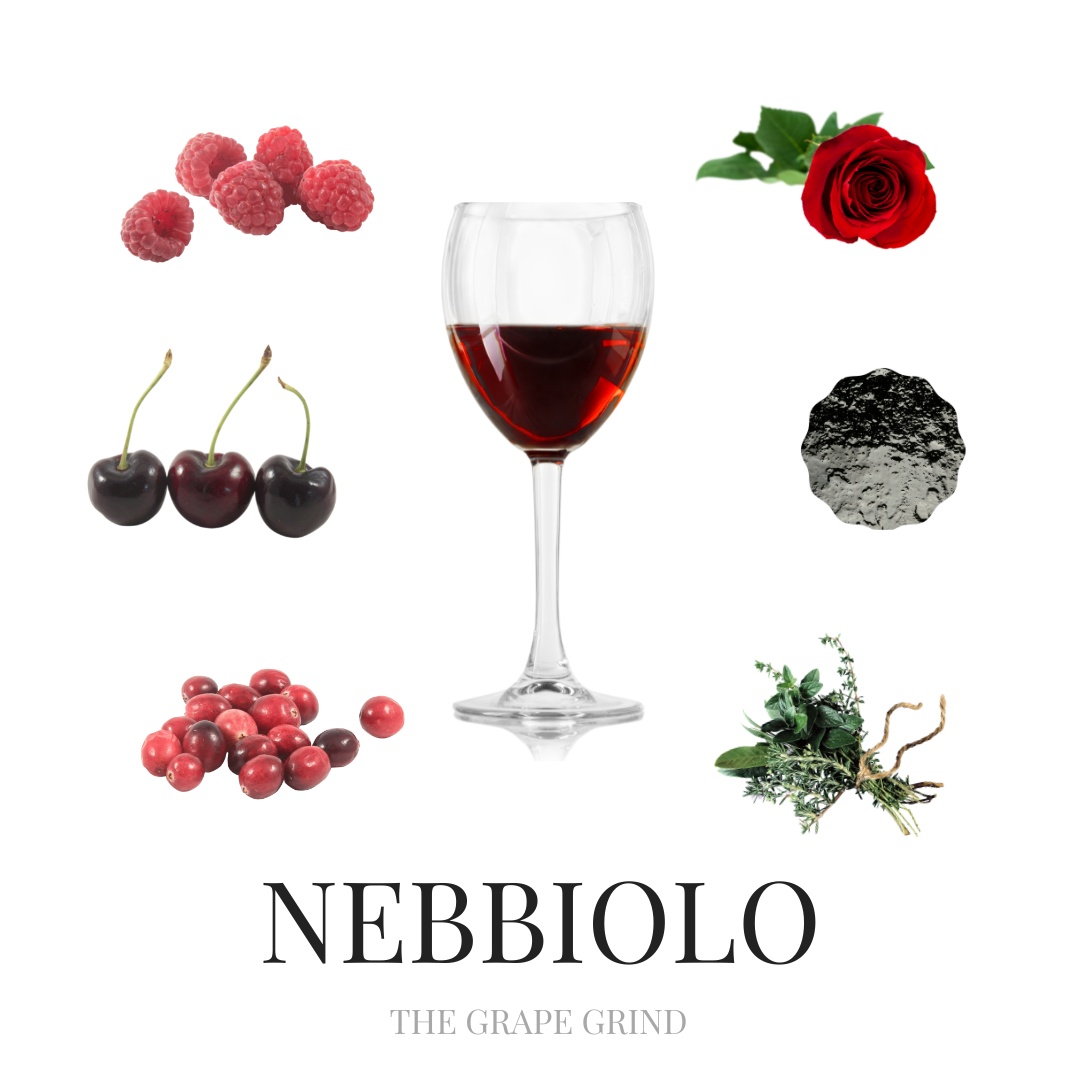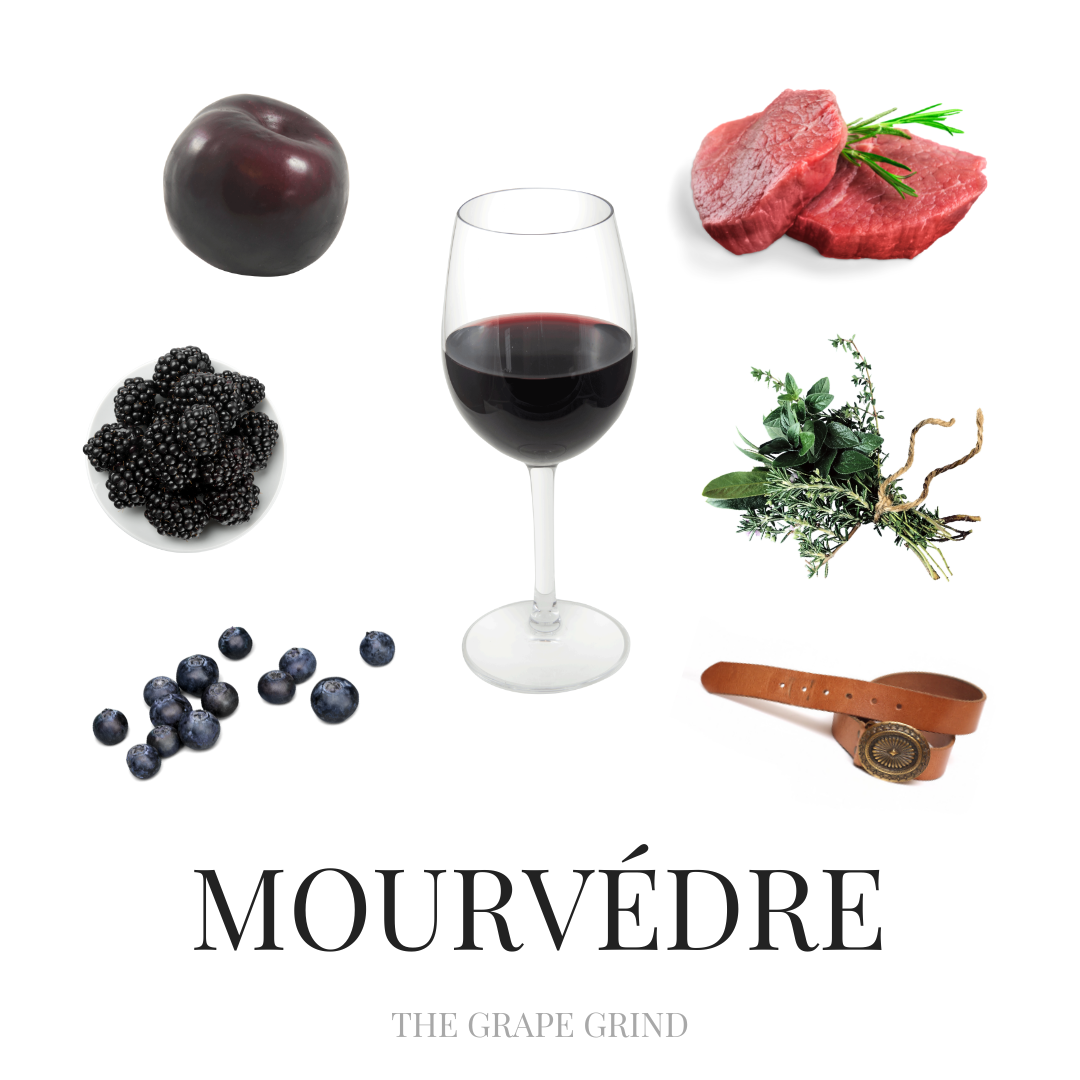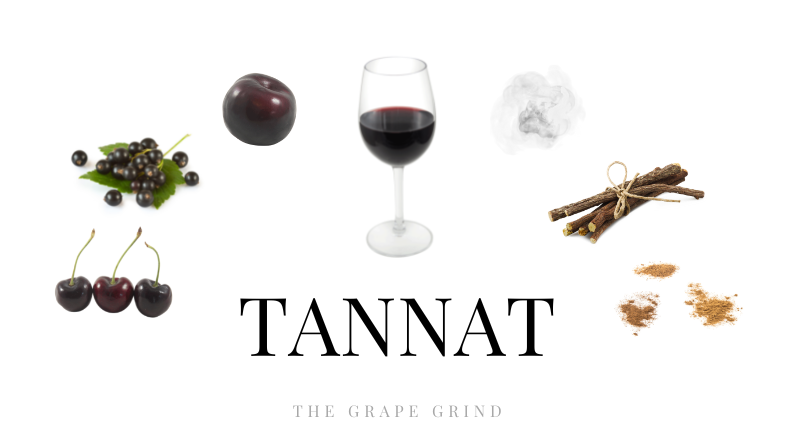
All You Need to Know About Tannat: A Quick Guide
Tannat is a varietal known for making deeply tannic and intensely flavored red wines. Named after said tannins, Tannat is so richly flavored that it is often blended with other grapes such as Merlot and Cabernet Sauvignon. Its complexity makes it a wonderful food pairing wine best suited for your heartiest cuisines.
While Tannat originated in Southern France, it has found its home in a rather obscure region. Uruguay currently makes more Tannat than anywhere else due to its consistently warm climate.
Tannat is still an underrated grape, though its success in Uruguay has drawn some attention in some rather unassuming places.
A few more notes on Tannat:
- The combination of tannins and acidity requires Tannat to age in oak anywhere from six months to several years.
- Tannat has one of the highest concentrations of polyphenols (antioxidants) in any wine in the world.
- There are two schools of thought when it comes to making Tannat wines in Uruguay: One is traditional, with maximum color extraction and lengthy aging. The second newer school of thought uses lighter extraction to make fruitier wines with no oak influence at all!
The following guide will illustrate what Tannat often tastes like (aroma, flavor, and structure). It will also tell you where it’s from, provide you with common food recommendations, similar varieties, and let you know why you should be drinking more of it!
How would I describe Tannat?
Rich
Tannat has intense flavors and aromas of black plum, cherry, and black currant, making it a deeply flavorful and juicy wine.
Rustic
Beyond the fruit, Tannat also has many flavors that could be described as rustic. Smoke, spice, licorice, and tobacco are some of the powerful flavors found in Tannat.
Tannic
Tannat has some of the highest tannins found in wine, which can often make the wines very “grippy.” Hence many winemakers choose to blend Tannat with Cabernet, Merlot, or Cabernet Franc to soften it.
What does Tannat taste like?

While the flavor of Tannat will depend on several factors, like if it’s blended or how potent the tannins are, I usually find Tannat to taste of black cherry, currant, licorice, cardamom, espresso, smoke, and baking spices.
The lighter the winemaking style, the more you’ll be likely to notice red fruit flavors, while darker versions of Tannat will have more pronounced spice flavors.
Remember, wine tastes are somewhat relative. There may be some different tasting notes you consistently find while drinking Tannat.
What about structure?
There is no “one size fits all” when it comes to structure for every grape, however, there IS a general range when it comes to body, acid, alcohol, and tannin for each. Below are general guidelines for classic representations. Growing conditions and winemaking techniques can impact each of the following.
Full Body
Think of body as the difference between water, skim milk, and whole milk. The lighter the body, the more akin to water it will feel. Tannat has a full body that sits heavy on the palate.

Medium Acid
Think of acidity based on how your mouth salivates after drinking something. In the case of Tannat, you should expect medium to high acidity..

Medium (+) Alcohol
Alcohol gives you that “burn” feeling after taking a sip. Tannat ranges between medium to high in alcohol, typically 13-15% ABV.

High Tannin
Tannin contributes dryness of the wine. As we’ve gone over before, Tannat is INCREDIBLY high in tannins and can often have a “grippy” mouthfeel. This is why Tannat is typically aged in oak and or blended with other wines to soften the tannins and make a smoother wine.

Where is Tannat from?

Uruguay
Primarily in: Canelones
While Tannat did not technically originate in Uruguay, it has become its predominant growing region since the late 1800s. It was likely introduced to Uruguay via the Basque region of southwestern France, where it can still be found today on a smaller scale.
Uruguay lies in the same latitude range as Argentina, South Africa, and Australia, so it’s not surprising that Uruguay is able to make good, if not excellent wines. Today, Tannat is Uruguay’s most planted varietal and accounts for almost 30% of all wines produced.
Tannat’s success in Uruguay is due to the region’s temperate climate, with warm summers and mild winters. The weather, humidity, and quick-draining limestone soil allow Tannat to ripen fully and develop those signature dark fruit flavors.
You can also find Tannat from Argentina (Salta), France (Basque Country-Madiran), and the USA (Oregon).
What food should I pair with Tannat?
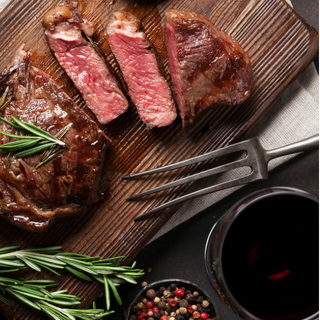
Grilled Meat
Why?
Tannat is intense and flavorful, so it needs a dish of equal richness to pair. The balance of Tannat’s robust fruit, spice, and smoke flavor will make it the perfect pairing with grilled steak, chicken, pork, you name it! And if you really want to get fancy then you can make asado, a South American technique for preparing steak over an open flame.

Aged Cheese
Why?
Think parmesan, aged cheddar, or gouda. The salty and nutty flavors will make the Tannat taste sweeter and less bitter in comparison while amplifying the flavor of the cheese as well.

Roasted Lamb
Why?
The earthy, gamey, savory flavor of the lamb will balance the dark fruit and spice flavors in Tannat, and the wine’s acidity will help to tenderize the meat.
Other Pairings: Mexican food, burgers, stews, mushrooms, veal
What other similar varieties would I enjoy?
(common confusions)



Olivia is a Washington-based freelance writer with a Level 2 Award in wines from the Wine & Spirit Education Trust. She has a passion for all things food, wine, and travel, though her heart belongs to the Pacific Northwest. When she’s not sipping on a glass of Washington Cab., she’s usually bikepacking, crocheting, or chillin’ in the sun with her dog Tater.
IG: @liv_eatslocal
Website: liveatslocal.com

